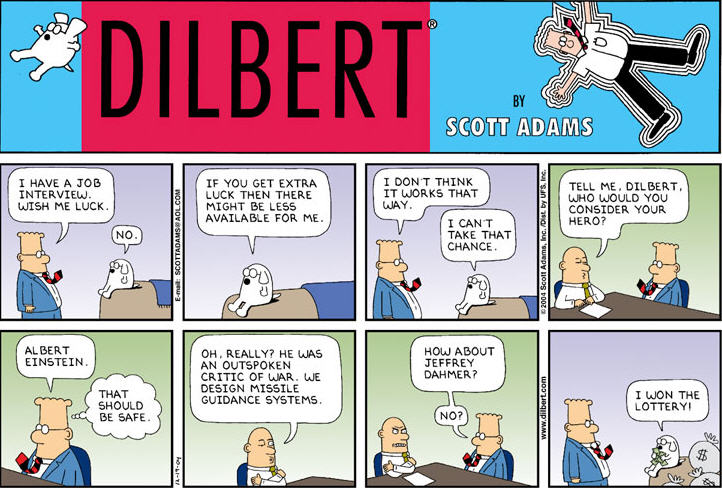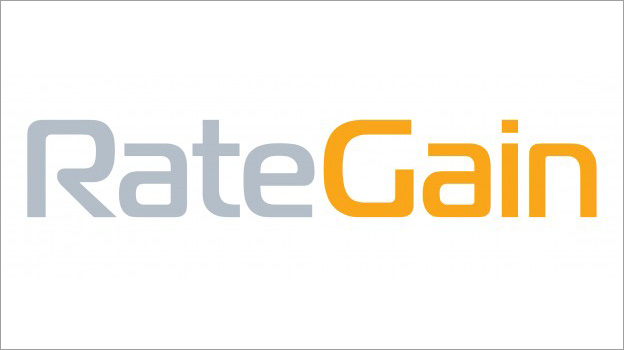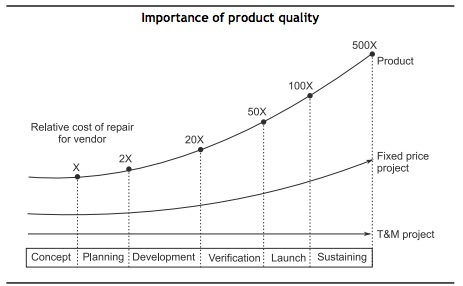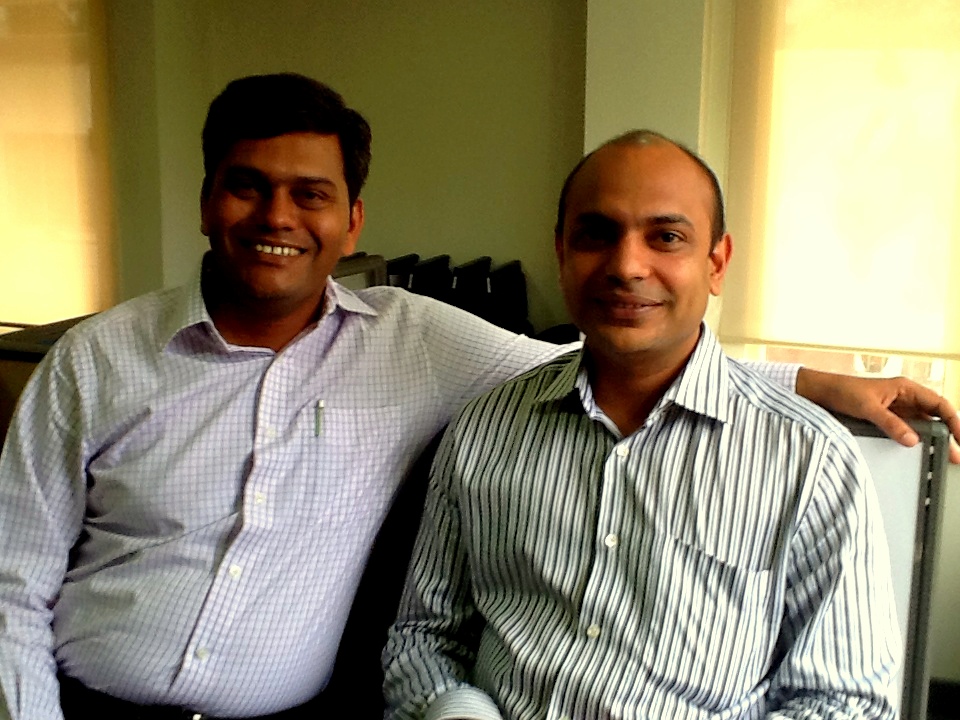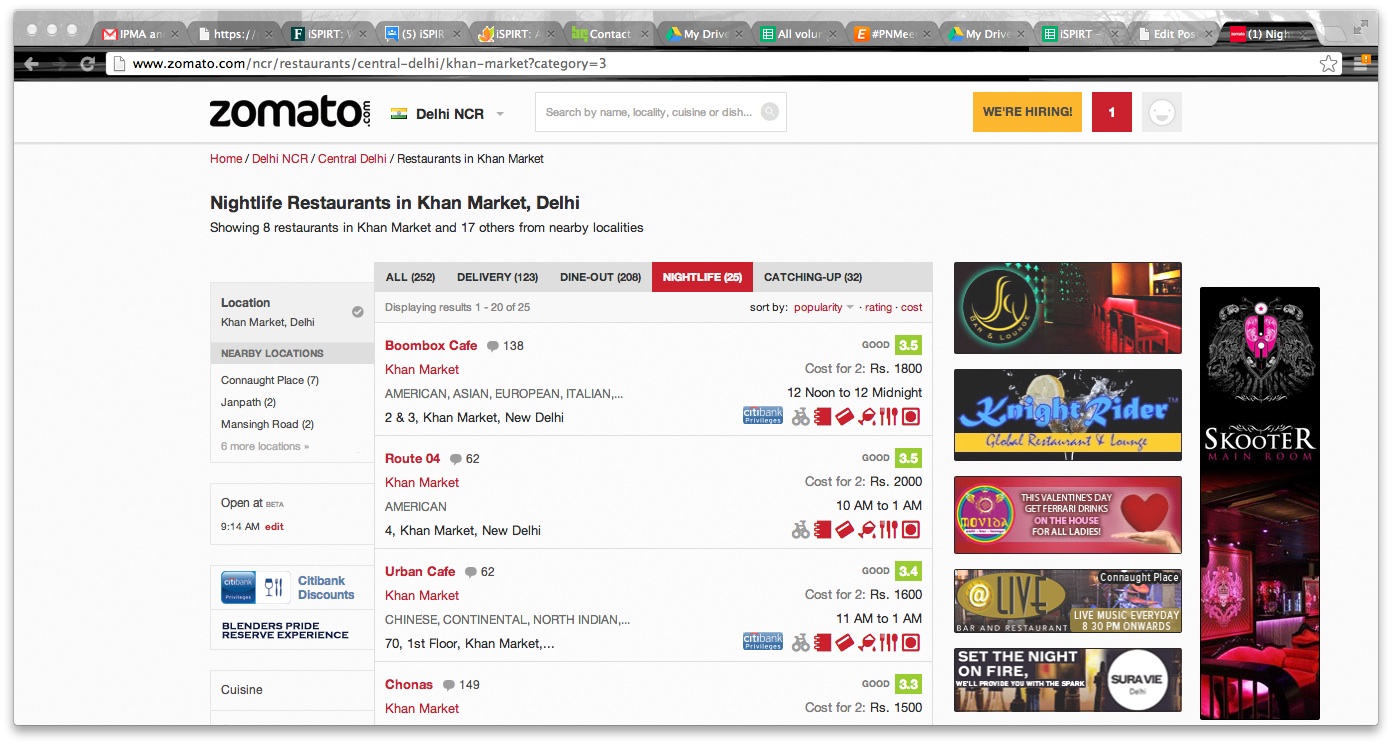Both, Piyush Singh(Sr. VP & CIO) & Greg Toebbe(Sr. VP) at Great American Insurance, are active participants in the Indian software ecosystem and are acknowledged speakers in the NASSCOM Product Conclave. This time they selected 4 companies to have one-on-one sessions with them on February 27, 2013 after reviewing several companies that had applied for this mentoring session.
Objective of these one-on-one meetings was mentoring/guidance on product strategy, Go-To-Market (GTM), scaling and sales among other things. The number of companies selected was consciously kept less so that each startup gets quality time of one hour with Piyush and Greg. The time was split as follows: 15-20 minutes of introduction and product presentation followed by a few minutes of the product demonstration. More than half of the allotted time was suggested to be used for seeking advice and feedback. These sessions were voluntarily given by Piyush as part of helping the Indian Software Product ecosystem. Participants were at liberty to seek out the mentors for any advisory role or future involvement. I am sure that every company walked away feeling satisfied and renewed energy to pursue their dreams after these meetings. The companies selected were:
Here are some of the snippets of advice given to the companies (in random order):
- Presentations should immediately connect with the audience. Great way to do this is to start with user stories/perspectives so that people immediately see the product’s value rather explaining the technology involved or the general problem that the product is solving. He also mentioned that CxOs like numbers. Numbers hit them more than anything else. One of the startups declared that their product reduces the testing effort, increases productivity and saves license costs too. They were advised to take a specific case study and put the actual savings in numbers. These would then make people see the value instantaneously.
- One company had built a great enterprise technology platform over the last couple of years. However, it had difficulty in selling it to the big guys. Piyush advised them to build vertical-based solutions on their platform and target one or more marquee customers in that segment. He said they could keep the core common and build vertical-focused modules. This would help them differentiate from their competitors as well as have potential customers see the value immediately.
- While everyone is clamoring for moving their applications into the cloud, he said cloud is not meant for everyone and everything. Companies should not make superficial efforts to move their product into the cloud if it doesn’t make sense to their customers. Alternatively, if they could offer the hybrid model (cloud and on-premise) then customers are free to choose what they want. Ultimately the development should be driven more your customer needs rather than general technology trends around you.
- For selling in the US, he said there is no alternative to burning shoe leather. Companies will have to meet the leads face-to-face and sell. Specific targeted Tradeshows as well as exposure in right magazines are another avenue to generate good leads. He also advised the startups to tie up with bigger player in their domains and use their sales muscle, if it works out symbiotically for both parties.
Once again, ProductNation and the participating companies would like to thank Piyush and Greg for their valuable time and advise. And last but not the least, we would like to thank Pramati Techologies (Syed Khadar) for hosting these meetings and helping us with the arrangements at a very short notice.
Few testimonials from the companies:
Thank you very much ProductNation for the opportunity to Mr. Piyush Singh and Mr. Greg Toebbe. The feedback and suggestions shared by them was quite valuable, especially good to know the buyers perspective, which will be helpful in presenting a business case to the prospects. Once again thank you ProductNation for all support extended to start ups – Sudhir Patil, Qualitia Software
It was a great experience meeting Piyush & Greg, very high return on my time spent (RoT). The quality & amount of, to the point, practical and meaningful advice I got in one hour of our interaction was invaluable and is impossible to get by even attending a dozen startup events. Very productive, very helpful, expecting more of such interactions with people who know and understand the needs of your target customer segments besides knowing technology! – Sumeet Anand, Kreeo Software
Our main intention was to validate some of the assumptions we have made for building the Enterprise Software. Piyush, being the CIO of a huge enterprise, provided that validation as well as helped us prioritize a few things. His offer for using out free Lite version (when it is available) was also deeply appreciated. Overall, we felt it was time well spent. – Chandra, i7 Networks
The interaction provided some valuable feedback for our company growth and scale. Even though the session time was limited, ROI was there ! Today we need to interact with wide/diverse network of people due to the product DNA nature in the business model and the pace at which this model is growing as compared to the old mentoring model and nature of the companies/business model.Also he was good enough to keep the interaction beyond the session as well ! I would like to quote Jim Rohn in this context – “You are the average of the five people you spend the most time with.” Lot to learn from their expertise and hopefully the session provided the platform for the same/to get started with. Thanks to ProductNation for organising such a session and expect to do more sessions. Abdulla Hisham, Fordadian Technologies



